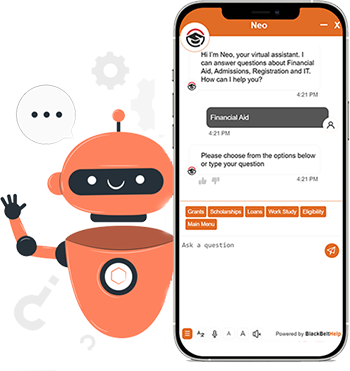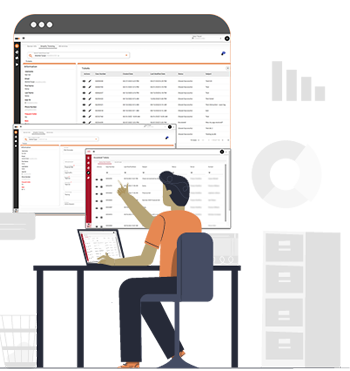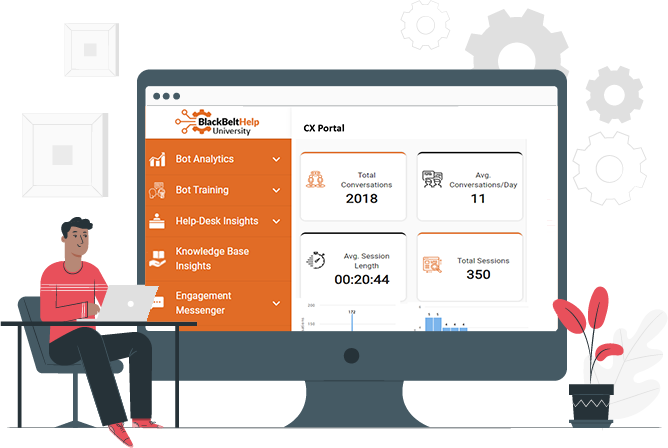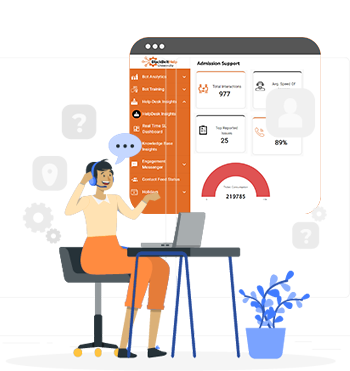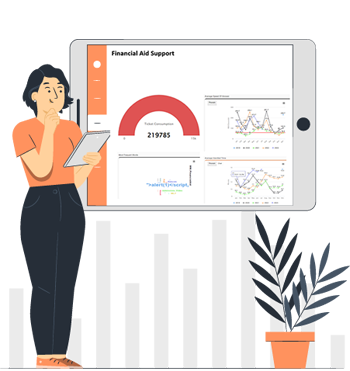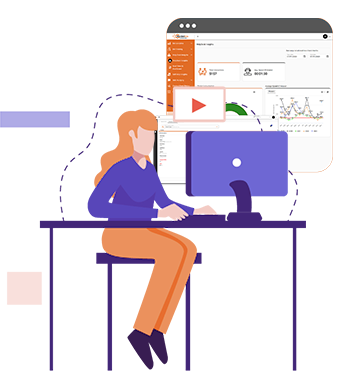Predictive Analytics: Can It Amplify Student Success?
Higher education institutions spend millions on Student Enrollment. They invest large sums of money in internet marketing, admission counselors. Thus, when these prospective students don’t enroll, educational institutions suffer huge losses. If these students enroll and aren’t engaged in the learning process, the organizations are again bound to incur losses due to lower graduation and student retention rates. Predictive Analytics ensures it doesn’t come to that.
What is Predictive Analytics?
Predictive analytics is a “statistical analysis” of historical data already stored with the institutions to uncover patterns and relationships that can help predict behaviors and future events. Data-driven insights obtained from predictive analytics, if leveraged effectively, can play a major role in Increasing the Enrollment and Retention Rates of the institutions while improving their students’ overall academic experience.
Predictive Analytics in Higher Education:
In the higher education space, predictive analytics can be used to foretell which students are most likely to enroll, identify the students at risk for attrition, determine the ones most likely to persist and graduate. Educational institutions, using predictive analytics, can increase their operational efficiency and improve retention and graduation rates by customizing students’ learning experience. Evidence-based findings extracted using predictive analytics, help instructors pinpoint students’ learning deficits, identify students in need of advising services, and intervene in time.
Listed below are the ways predictive analytics ensures student success by enhancing student enrollment, student engagement, and student retention:
Increase Student Enrollment
Institutions spend millions on student recruitments. They invest large sums of money in internet marketing, admission counselors. Thus, when prospective students don’t enroll, educational institutions have to suffer huge losses. Predictive models including factors like demographic data, standardized test scores, prior academic results, class attendance, student behavior (i.e. whether or not students take advantage of tutoring services), and course-taking patterns in college and high school can help institutions predict which students are most likely to enroll, increasing the institutional returns.
Ensure Better Student Engagement
Data based findings of predictive analytics can be used to modify students’ learning routes based on each student’s individual needs, giving them a positive academic experience. This data can be used to design adaptive courseware, assessment methods to accelerate student success. Using predictive analytics in higher education, course recommendation systems can be put in place to help students choose courses that they are most likely to succeed in. Predictive analytics in the higher education realm generates actionable information that institutions can capitalize upon to improve student learning outcomes.
Improve student retention rates
By analyzing data-driven patterns procured from predictive analytics, instructors can identify students most at risk of dropping out, the learning areas where they are facing problems, or are losing interest, and can design the courseware that helps them learn best. This timely intervention by the instructors helps increase student retention rates considerably and has significant implications for a university’s fiscal position.
The bottom-line:
With the rising costs of higher education, it becomes imperative for the educational institutions to retain the enrolled students, to balance the resources used to recruit them with the revenue generated from their retention. Predictive analytics, with its reliable information and patterns extracted from preexisting data, can help address these challenges and ensure students as well as institutional success. While it comes with its own dangers and challenges, predictive analytics has the potential to change our educational spaces for good!

